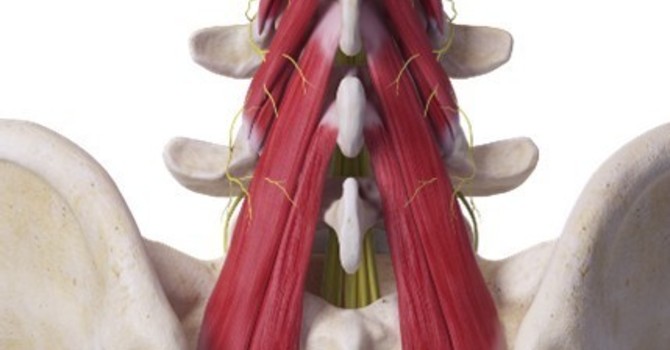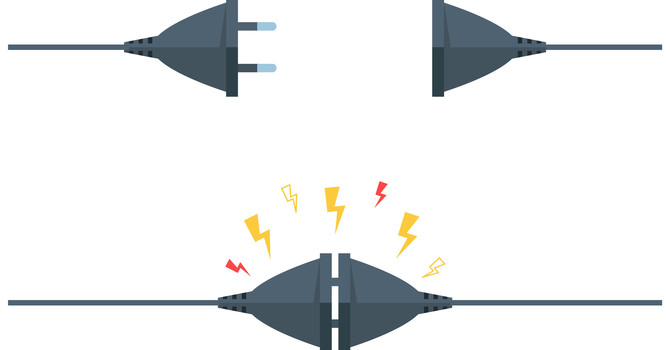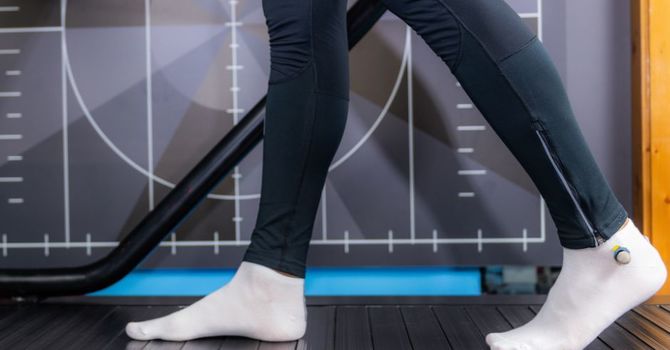
Pain is weird. If you are a patient of ours, hopefully you have learned that pain is just a warning sign and something doesn’t always have to be damaged for us to experience pain. With the help of science and research, the way we think about pain has changed a lot over the years.
How we used to think about pain: Biomedical model of pain
- Pain = tissue damage
How we now understand pain: Bio-psycho-social model of pain
- Biological factors: tissue quality, inflammation
- Psychological factors: mood, pain coping, expectations, beliefs
- Social factors: social support, gender roles, culture
What the biopsychosocial model of pain tells us is that it’s not just physical changes that can influence pain. There are also social and psychological factors that we have to take into account when talking about pain. We can better understand how pain works using the cup analogy.
We all have a cup. Your cup can be filled with any number of those biopsychosocial factors listed above. Think of each factor as a different amount of water. Our cup is never truly empty but if our cup overflows, you can experience pain.
The good news is that this gives us several options to desensitize pain. Yes, changing something as simple as your beliefs and expectations about an injury may help decrease your pain.
If you are experiencing pain, take a look at what’s in your cup and learn to understand what fills your cup:
- Stress (physical, emotional, work, family, etc.)
- Lack of movement
- Poor sleep
- Poor diet
- Stationary postures
- Repetitive movements (overuse)
- Negative self talk
- Tissue damage
- ExpectationsDepression/anxiety
On a day-to-day basis, you are typically net positive, meaning you are putting in more water into your cup than you are taking out.
Depending on what you are doing, you may be putting very little amounts of water into your cup at a time. Little things like staring down at your phone, sitting at your desk without taking movement breaks, repetitive movements in the garden, or light chores around the house.
Or you can be pouring large quantities of water into your cup at a time. For example, if you’re moving a refrigerator by yourself, carrying a heavy backpack full of books, or lifting too heavy at the gym.
All of these things in moderation are fine. Sort of like ice cream. But if you eat too much ice cream or do too much of these activities without allowing your cup time to empty, you’re going to have a bad time.
Why you don’t always feel the cup filling up
Muscle changes very slowly over time. Your body is good at adapting to stress as it builds in your muscles and joints. However, over time this tension can build and build until one day you bend down to tie your shoes and your whole back goes into spasm. It’s not the act of tying your shoes that hurt your back, it’s the accumulation of stressors that came before it. Tying your shoes is just the straw that broke the camel’s back. This marks the point that your body is unable to keep up with demand.
So how do you take water out of your cup?
In general, healthy movement is good for reducing the stress that builds up in our muscles and joints over time. You may have noticed that a specific ache or pain gets worse when you stop exercising or stretching regularly. That’s because the movement and increased blood flow associated with your workouts were taking a little water out of the cup each time.
Here are some ways that you can empty your cup:
- Get a good nights sleep
- Eat well
- Increase physical activity
- Educate yourself on your body, pain, and how they relate to one another
- Move more
- See your chiropractor :)
Aside from emptying our cup, we can also work to build a bigger cup! We can do this in a few ways:
- Exercise - building tissue resiliency, strength, endurance
- Mindfulness training
- Stress management
- Healthy relationships / social support
- Educating ourselves
Sometimes even light exercise or stretching can be a trigger for our pain. This can be a major challenge for someone trying to build a bigger cup! When this happens, try to address one of the other factors that may be filling your cup too much. Having support from a trusted health care provider to help guide you through the process is always recommended. Research shows that your social support system is a major contributing factor to your pain and injury outcomes.
Summary
Pain and muscle tension are NORMAL. But just like ice cream, too much can be a bad thing. What we want you to realize is that you are always carrying some level of tension in your body, even if you don’t always feel it. When you start to notice pain, that is your body’s way of asking for change. So when your body starts talking to you, you should listen.
If you are having pain and can’t find a solution, don’t get discouraged. Think about what’s in your cup and what you can take out of it. Then work to create a bigger cup. If you need help doing those things, give us a call. And remember, things will get better.



